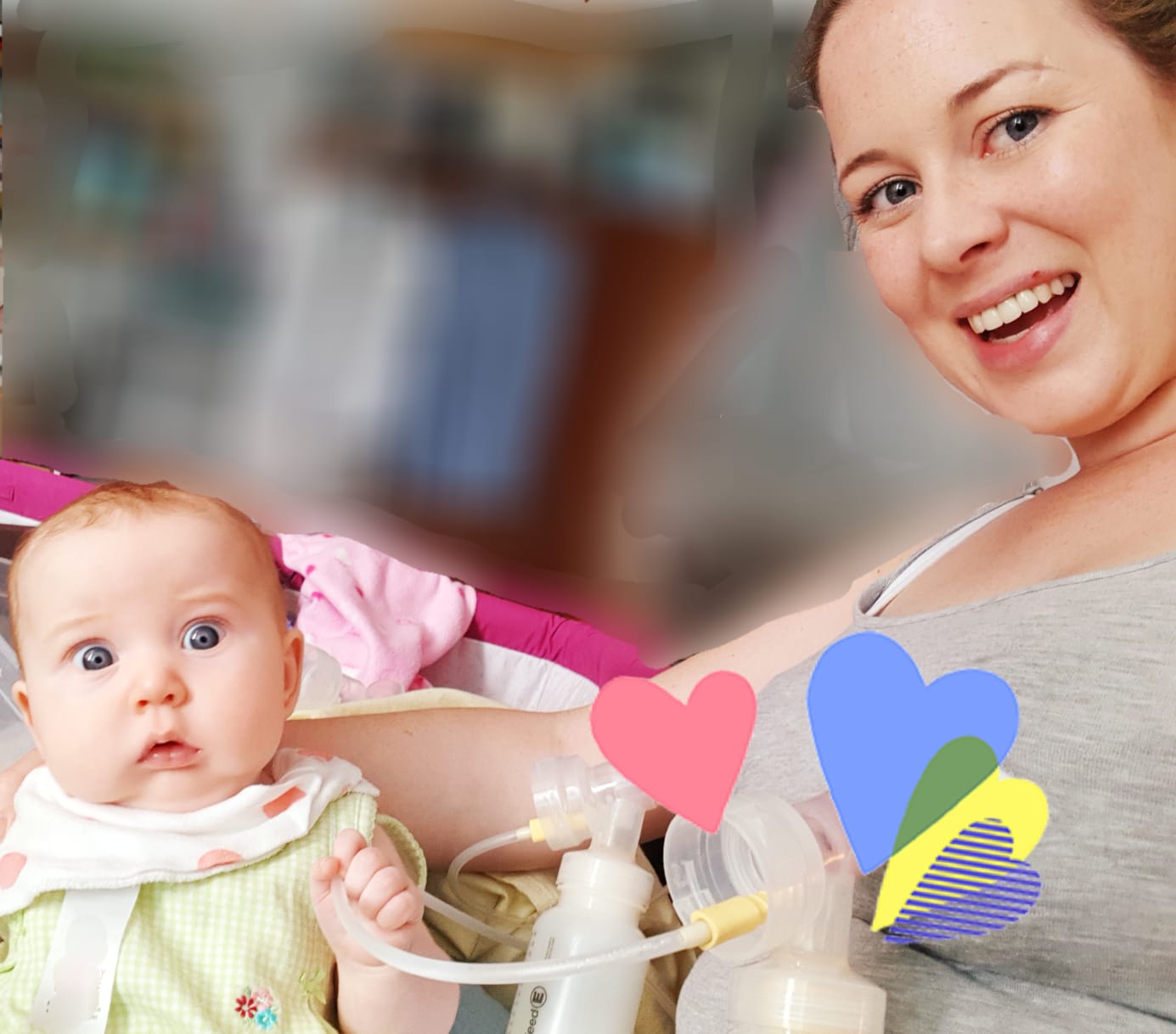How do I know my baby is getting enough milk?
/
You will be learning together. Breastfeeding is a skill that can be learned, so take that time in the early days to relax and focus on getting to know your new baby. Your job is solely to cuddle and feed him, everyone around you needs to care for you! So snuggle up in bed, snooze, smell the top of his gorgeous head, cuddle, study his adorable face and tiny little finger nails. Savour every moment. Follow your instincts, you are his mam you will know if he is getting enough milk. Granted, you will be flooded with hormones and perhaps haven’t slept for a while so here are some basics to get you off to a great start!
How does your baby appear? A baby who is getting enough milk will be alert and active during wakeful times. He will appear bright and healthy. He will have a good colour (not too jaundiced or pale) and have moist lips. He will be gradually growing in length and head circumference, your PHN & GP with keep track of this.
How often should my baby feed? A new born tummy is tiny, only the size of a marble. A full feed is 5-7mls (a tea spoon) this gradually increases to the size of a hens egg by one month old, about 80-150mls. Because they can only take in these tiny amounts, they need to feed often. Most new babies feed 10-12 times in 24 hours, some feed more! Follow your baby’s feeding cues. Don’t watch the clock thinking “It has only been an hour, he can’t be hungry again!” Those first few days and weeks are all about learning. Your baby has never breastfed before so he needs to find his rhythm (along with learning to breathe, smell, taste, see and process his new world) Offer encouragement and support as you both learn this new skill together!
How long should feeds last? A feed can last from 5-30 minutes on one side, once you can audibly hear your baby swallowing – he is still extracting milk from that breast. So leave him to work away! Once the rhythm slows to about one swallow every 7 sucks it is a good idea to switch sides. When he is finished that side you can change his nappy, wind him a little (most breastfed babies don’t suffer from much wind) and then offer the second breast. He may not be interested, take a small feed or sometimes feed on that side for 30 minutes again! Trust that your baby knows what he is doing. Relax and enjoy those new baby snuggles.
What goes in must come out! If your baby is having lots of wet and dirty nappies then there must be milk going in to create it. You are looking for about 5 or 6 wet nappies per day and one dirty per day of life (ie one dirty on day one, two dirty nappies on day two and so on up to day 4) Your baby’s poo should change from the black sticky meconium to a greenish colour and then mustard colour by around day 5. Some breastfed babies have a poo after every feed!
Weight gain. Many new parents can become obsessed with their baby’s weight. Don’t worry too much about it, however it can be a good guide as to how your baby is doing. Weight loss of 5-10% is normal after birth. This can be higher if you had a lot of IV fluids during your labour and birth. You would be looking for your baby to regain his birth weight by about 2-3 weeks old. A rough guide is for your baby to gain about 5-7oz (or 150-220 grams) per week. Remember weight is just one part of the picture, it is not the sole focus.
Remember breastfeeding can be tender for some in the early days but it should NEVER hurt. If nursing your baby is painful there is something wrong. Remember it is a skill that can be learned together so seek support. Ask your nurse to assist you, reach out to supports around you (listed below) or of course, have a Postpartum Doula by your side!
Doula Jen x
Jen Crawford
Co Owner & Founder of DoulaCare Ireland
Further reading & helpful resources:
http://kellymom.com/hot-topics/newborn-nursing/ Tips for the early days breastfeeding your baby.
http://www.breastfeedinginc.ca/content.php?pagename=vid-reallygood Great video clip from Dr Jack Newman & IBCLC Edith Kernerman page ‘Breastfeeding Inc’. This clip shows what a good latch & drinking looking like.
https://www.breastfeeding.ie/First-few-weeks/Guidelines-for-mothers/ Great chart with guidelines for first few weeks.
Breastfeeding Supports:
Association of Lactation Consultants Ireland http://www.alcireland.ie/find-a-consultant/
Cuidiu, Irish Childbirth Trust http://www.cuidiu-ict.ie/supports_breastfeeding_counsellors
Le Leche League Ireland https://www.lalecheleagueireland.com/groups/
Friends of Breastfeeding http://www.friendsofbreastfeeding.ie/wp/support-2/
National HSE Breastfeeding support https://www.breastfeeding.ie/







